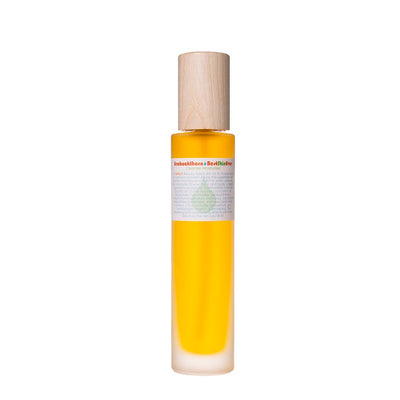Although tubes of water-based lubes sound safe for the skin, the main ingredient glycerin and the preservatives used are toxic. Glycerin is heavily processed and contains residual chemicals. Additionally, glycerin is a sugar, which contributes to the development of infections, as sugar feeds yeasts and bacteria.
Synthetic lubes are momentary petal-plumpers, offering only a very temporary lubrication with the consequence of long-term drought. Researchers have demonstrated that the ingredients of drugstore lubes dehydrate and disorganize cells.
Remember the high school chemistry class on osmosis: our cells seek a state of equilibrium. Synthetic ingredients throw our cells off kilter due to osmolarity; to maintain balance on both sides of the cell wall, the cell releases water to dilute the sugar, glycerin, and other synthetic substances outside of the cells. This dehydrates the cell and causes cellular and epithelial damage to the vagina. Charlene S. Dezzutti, a professor of obstetrics, gynaecology, and reproductive sciences, reported that these substances make the "cells shrivel up to the point that they look like little raisins under a microscope.". Cellular raisins! It does not seem sensual to use a love lube that actually produces parched cellular raisins in the yoni.
When these cells dry up, they die and exfoliate from the epithelium, weakening the yoni's defenses and making it increasingly vulnerable to imbalances. A popular Jelly lubricant killed all three species of Lactobacilli on contact. Richard Cone, a biophysicist at Johns Hopkins University, has stated that "virtually all sex lubricants need to be reformulated.".
Furthermore, these cell-shriveling lubricants are known for their fertility failure. Researchers found that all commercial lubricants impaired the sperm's overall motility.
Lauren K. Wolf, "Studies Raise Questions about Safety of Personal Lubricants", Chemical and Engineering News 90, no. 50: 46–47.
Ibid.
L. Anderson, S. E. Lewis, and N. McClure, "The Effects of Coital Lubricants on Sperm Motility in Vitro", Human Reproduction 13, no. 12 (December 1998): 3351–3356.















